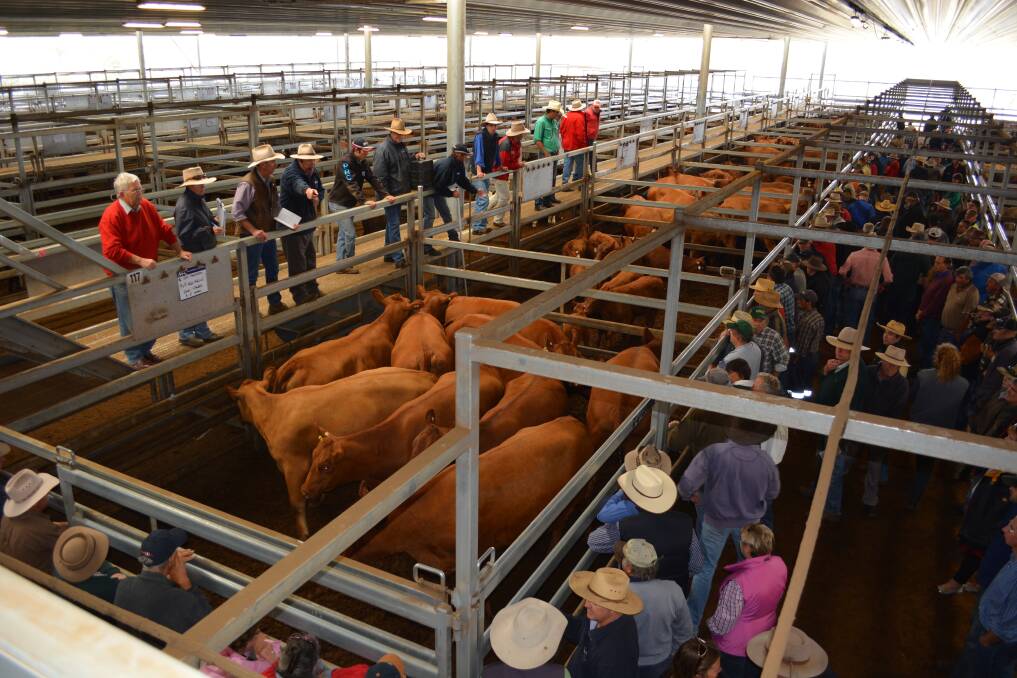
IN JUST two years the Australian cattle herd has gone from being at a 35-year high to what will be a 20-year low and it's playing out in the market with higher prices and a severe dip in expected export volumes during the next two years.
Subscribe now for unlimited access to all our agricultural news
across the nation
or signup to continue reading
In releasing the Australian Cattle Industry Projections on Tuesday Meat and Livestock Australia's (MLA) Ben Thomas, Sydney, said the Australian cattle industry was likely to see significant adjustments during the coming years.
Mr Thomas highlighted the dramatic turn off of female cattle (well above 50 per cent of the total cattle slaughtered in recent years), indicative high export prices in 2014 and a devaluing Australian dollar among the catalysts for a decline in cattle slaughter, beef production, beef exports and an overall slip in the cattle herd during 2015.
The cattle herd was forecast to slip to 26.8 million head by June 2015 and by 2016 its expected to fall to 26.5 million head due to a smaller breeding herd with fewer calves moving through the system.
"Looking beyond 2016, the herd is likely to slowly commence rebuilding, assuming average pasture conditions, and by 2020 be back to 27.9 million head - but still almost 1.4 million head below 2013," Mr Thomas said.
"It is anticipated the southern herd will replenish slightly quicker than in the north, largely due to greater fertility in the southern herd, before becoming more northern dominant again by the end of the projection period."
Adult cattle slaughter was also expected to slump 15pc year-on-year in 2015 to 7.8 million head, but eventually recover to 7.9 million by 2020 which was slightly greater than the long-term average.
The big shift in recent years was the move from a long-term average of 47pc of the total cattle being females to 52pc last year. This shift was unprecedented and only three times in the past (1977, 1998 and 2003) had female kills risen above 50pc.
Beef exports were at record levels (1.29 million tonnes, shipped weight) last year and unsustainable in the longer term.
Therefore, it's little surprise Mr Thomas forecast beef shipments to drop 20pc to 1.3 million tonnes.
In context, this year's forecast would still be only the third time that beef exports were more than one million tonnes.
"There are a number of noteworthy positives for the demand outlook, including improved market access, namely the Korean free trade agreement (FTA), Japan economic partnership agreement (EPA) and the China FTA, as well as the easing Australian dollar and likely continued tight US beef supply," Mr Thomas said.
"The only significant constraint will be the significant year-on-year contraction in Australian beef supplies, resulting in expected market realignment.
"This will test the strength of price sensitive markets."


